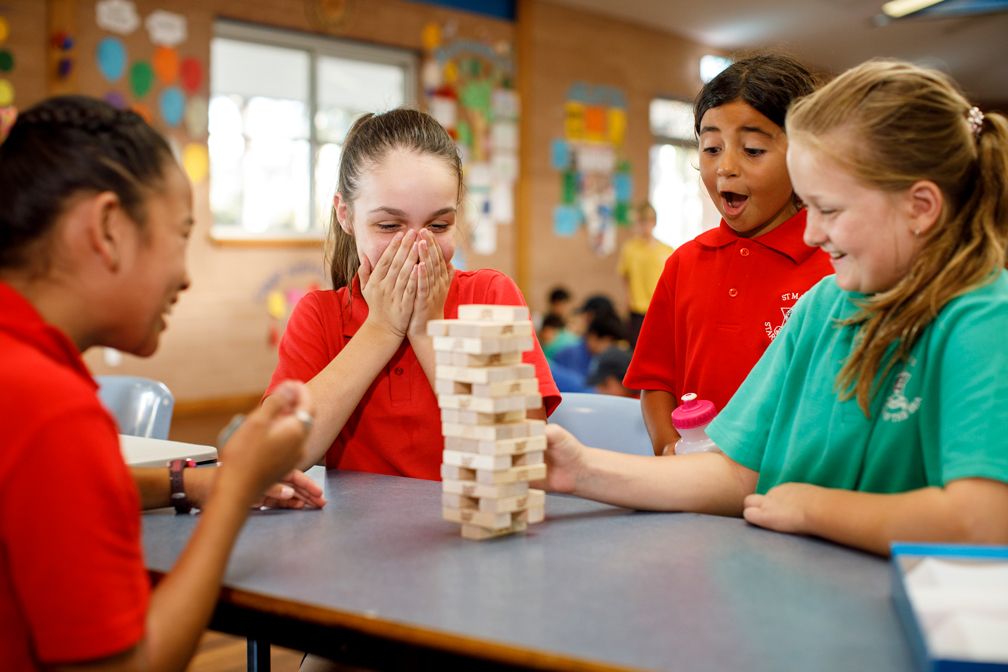News & Blog

Blog - 01 December 2021
Helping Kids Improve in Decision-Making
Learning how to make good choices is an essential part of child development, and with the right tools, parents can help their kids learn to consider options in a healthy way.
Mastering these skills early in life prepares kids for the tough decisions they'll have to make in adulthood. So read on to learn tips on encouraging kids to make appropriate decisions and learn techniques that can last a lifetime.
Maintain an Open Dialogue
Regular conversation remains the foundation for building good decision-making skills in children. Part of maintaining an open dialogue includes giving your kids insight into how choices are made on certain topics, which can range from everyday food choices to dealing with personal decisions.
By explaining the process behind choosing products to buy, or aligning on a new hobby, you will have the chance to run through the pros and cons of the decision and describe the process from start to finish.
When faced with a decision of their own, it’s important to encourage further discussion and potential outcomes, while asking questions. This will help guide your child and provide suggestions and other alternatives that may not have been considered.
Provide Ongoing Support

Depending on your child’s development stage, the decision-making process will differ. For younger kids, providing two to three clothing options to choose from in the morning is a great start. While older kids have the space to practice making choices about personal gifts or subjects to study.
Regardless of the situation, offering support and advice throughout each process is key. To do this, it’s important to allow sufficient time for them to think over their options, and set a deadline for their final decision, so that time becomes a factor.
Specific learning activities centered around decision-making can also be created at home or at school, to ensure your child learns in a safe and controlled environment. This includes board games, creative role-playing, and participation in performances to help instill decision-making in a more active space.
Let kids Make their Own Decisions
Children learn best when they explore on their own, so step back and give your child the room to make independent decisions. Letting children take the reins on decision making for topics such as ‘which book to read’ or ‘where they'd like to celebrate their birthday’ lets them feel as though their choices matter and are respected.
Create a Learning Culture
Making bad decisions is a part of everyday life and the most important part of this process is to learn how to deal with those choices in a better way. Bad decisions aren't something to fear, and they shouldn't cause your child excess anxiety. By treating these decisions as a learning experience, your child can process the consequences in a healthier way and actively think about their options for next time.
The best way to help kids learn from their mistakes is to let them make a few. As long as the decision is safe and practical, there’s no need to actively stop your child from making the wrong choice.
The Five Steps for Better Decision-Making

To make the process easier over time, we’ve collated our top five steps for decision-making. Acting as a source of guidance, each step helps to gently motivate and encourage your children to make their final decision.
- Identify the problem. Defining the problem gives kids a single, achievable goal when they start looking for solutions.
- Gather information. Collecting information about various options and learning about different aspects of the decision at hand can help kids understand the scope of the choice they're about to make.
- Brainstorm solutions. Brainstorming lets kids explore choices, but it also lets them have fun with it. No idea is too outlandish during a brainstorming session. Even the most bizarre solutions can be useful, allowing kids to set their ideas off into a different direction and discover more reasonable options.
- Identify possible outcomes. Talking through the possible results of each choice gives kids an opportunity to work through scenarios without having to experience them firsthand.
- Make the final decision. While the decision-making process can be fun, eventually a final decision has to be made. Set a timeline to avoid procrastination and help your child commit to a specific choice.
Teaching kids how to boost their decision-making skills through consistent, supportive and open conversation will give them the tools they need for success. Camp Australia provides plenty of learning activities for kids that can help them develop techniques for the future.
To learn more about how kids can improve their daily skills and productivity, read our guide on the benefits of nature for kids.
Posted in:
